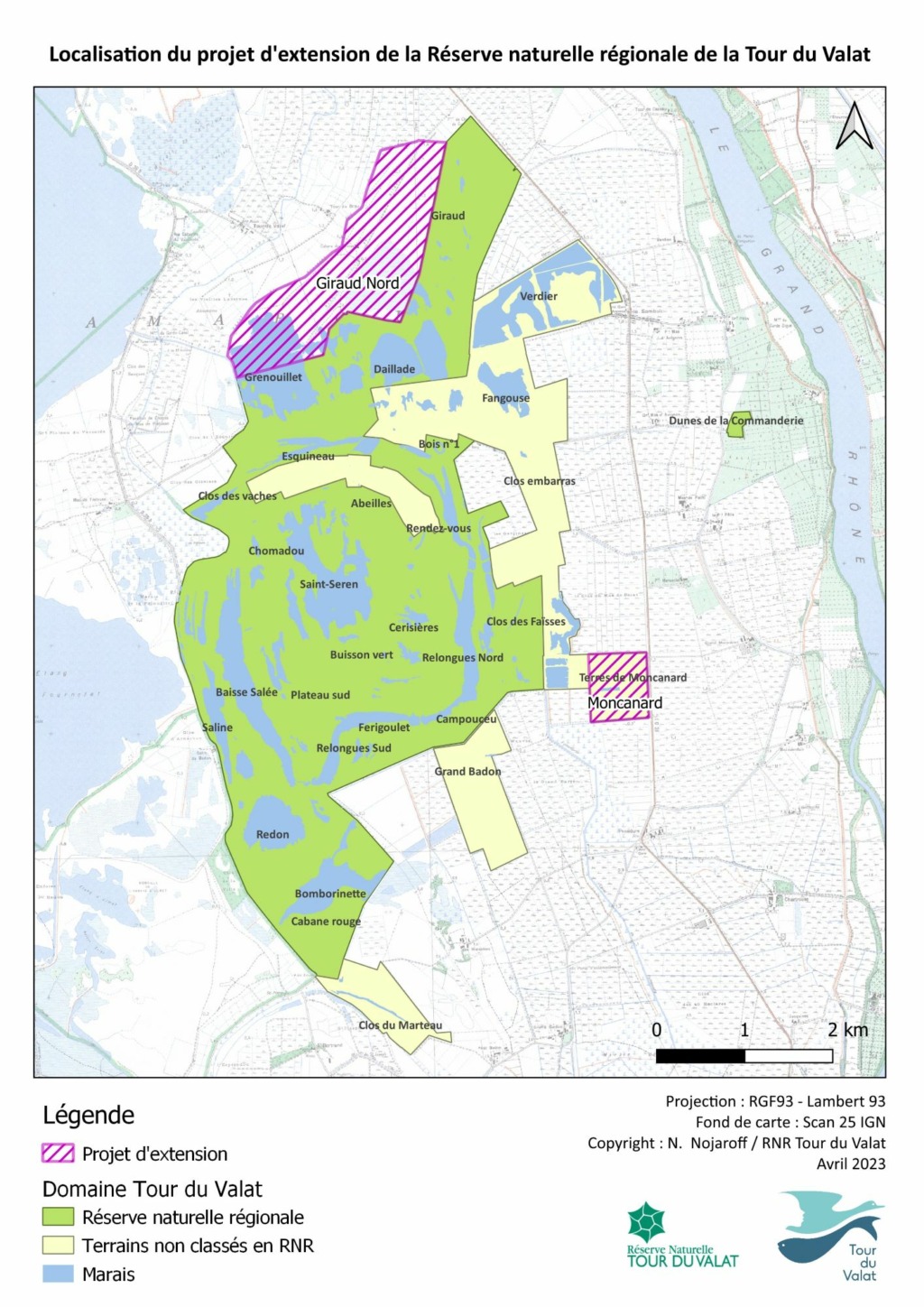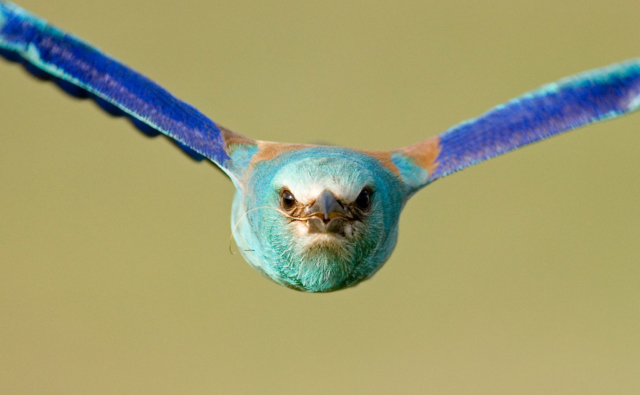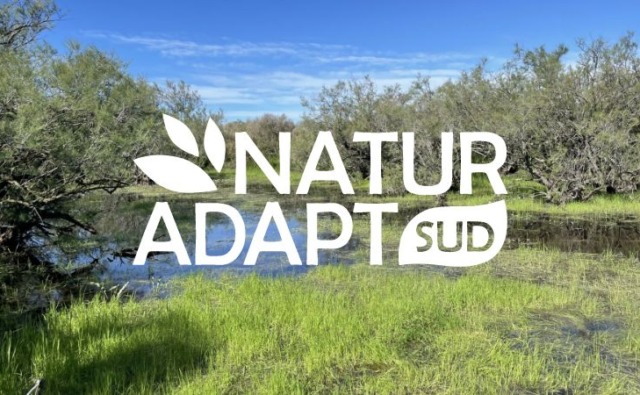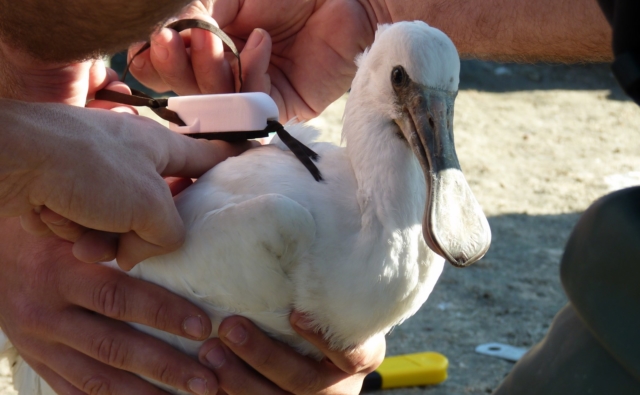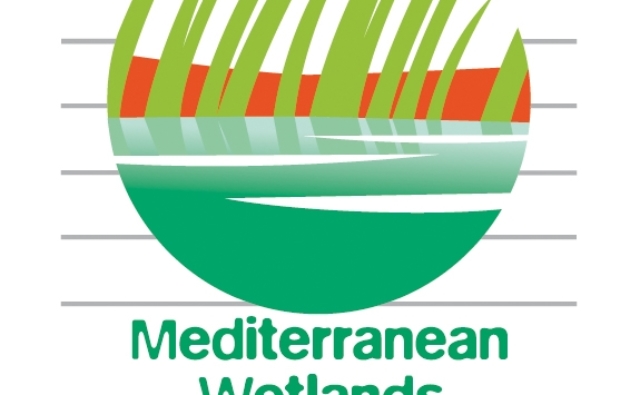On July 12, the Région Sud – Provence Alpes Côte d’Azur approved the classification of the new Tour du Valat Regional Nature Reserve. With an additional 318.7 hectares, the Reserve now covers 2163.7 hectares, including part of the Terres de Moncanard and Giraud Nord.
Location and characteristics
Located on the island of Camargue, east of the Etang de Vaccarès and 25 kilometers south of the town of Arles, the Réserve Naturelle Régionale de la Tour du Valat is representative of the fluvio-lacustrine Camargue. Its landscape, which changes with the seasons, is marked by a high degree of natural diversity: it is made up of natural habitats characteristic of the Camargue, including rare and endangered environments such as temporary marshes and montilles, as well as large expanses of sansouïre
Newly integrated areas
The Reserve’s perimeter has been extended to include the Giraud Nord (268.7 hectares) and Terres de Moncanard (50 hectares) parcels. This will ensure the long-term preservation of the natural heritage of these areas, for which numerous data already exist. Indeed, the Marais du Grenouillet overlaps the previous RNR and the Domaine de Giraud Nord: counts and hydrological surveys were carried out on the entire marsh in an undifferentiated manner. The Terres de Moncanard, on the other hand, were already included in numerous monitoring and inventory programs as part of the Tour du Valat estate.
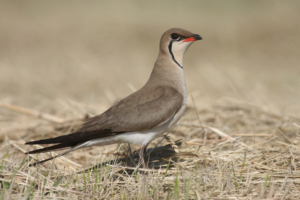
Biodiversity and habitats
Giraud Nord features typical Camargue habitats: salt meadows, jonchaies, sansouïres, marshes, temporary ponds and tamarisk thickets. The Terres de Moncanard, until now located on the Tour du Valat estate outside the RNR, consists of agricultural wasteland evolving into salt steppes.
The project to extend the Reserve was motivated by the fact that these two areas are feeding and/or breeding grounds for numerous birds, including the protected species of Collared Pratincole, which nests there. The Giraud Nord area is home to a wide variety of water birds, while the Moncanard area is home to steppe birds. These include Skylark, Montagu’s Harrier, Black-winged Stilt, Stone Curlew, Little Bustard, Tawny Pipit, European Roller, Common stonechat and Northern Lapwing. The Lesser Kestrel (Falco naumanni), also present, bred here this year, marking its return to the Camargue where it last nested in 1959!
Perspectives
The Reserve’s expansion has provided an opportunity to revise its regulations, with the support of the Region and the Réserves Naturelles de France. It now incorporates the new measures set out in the French Environment Code, in order to respond to the site’s conservation challenges and to provide the means for the Tour du Valat to carry out its activities.
The Tour du Valat RNR is currently the largest RNR in the Provence-Alpes-Côte d’Azur region. This extension will consolidate habitats of major importance for migratory and wintering birds in the Camargue, as well as strengthening the network of protected areas, as the RNR is adjacent to the Réserve Naturelle Nationale de Camargue. This expansion will also make the area more resilient to the consequences of climate change.
| More good news: the Grenouillet birdwatching platform has been repaired! From its height, you can observe the Marais du Grenouillet, the northern half of which is located on the Giraud Nord estate, and which is now classified in its entirety as an RNR. The Grenouillet birdwatching platform is located on the Chemin de Fiélouse, accessible from the D36. You can stop here to admire the landscape and wildlife, 3 meters above the ground. 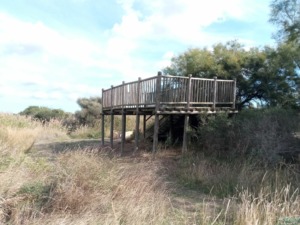 |
